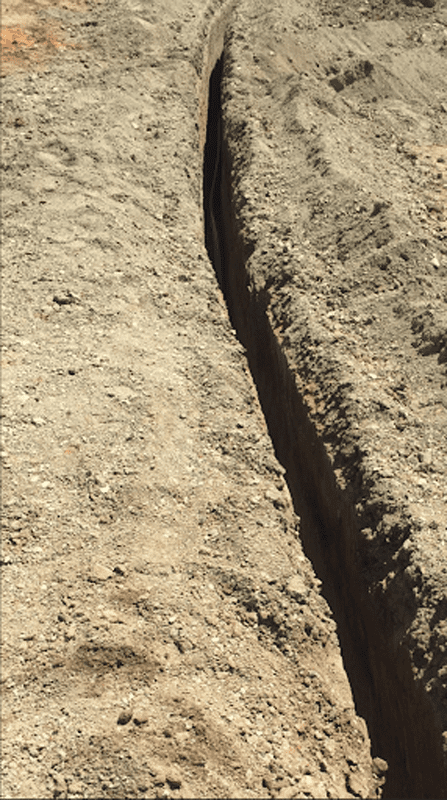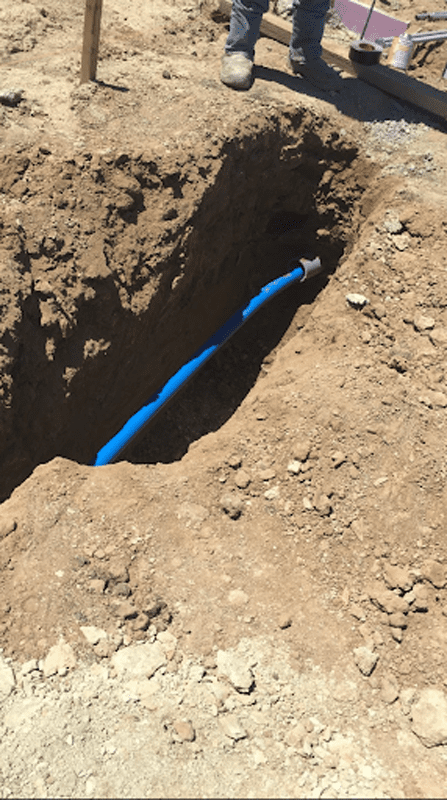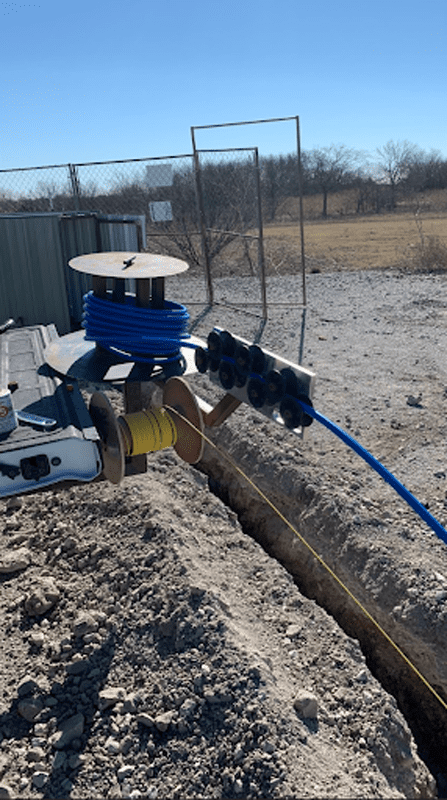In an ever-evolving energy landscape, the oil and gas industry stands at a crossroads, facing environmental challenges and increasing pressure to meet stringent environmental, social and governance (ESG) requirements. Traditional upstream pneumatic production, driven by natural gas, has long been a staple of the industry. However, the inherent inefficiencies and environmental impact associated with this approach have prompted a shift toward innovative solutions that not only address emissions but also enhance overall operational efficiency.
As government agencies and task forces double down on methane emission reduction, organizations need innovative solutions to meet increasingly stricter requirements. As recommended by the Methane Guiding Principles partnership, powering the natural gas gathering process with compressed air alleviates the need for a system of multiple methane-leaking machines by running a multilayer, semi-flexible compressed air pipe underground directly between the air compressor and field equipment.

The Problem: System Venting and Leaks
For years, the traditional method of powering pneumatic controllers using natural gas has been the go-to method in the natural gas production process. Compounded by time, the leakages and emissions resulting from this approach contribute to several critical issues:
- Harmful Methane Emissions: Natural gas, which powers these systems, leaks or is vented at multiple points during the production process, contributing to continuous harmful methane emissions.
- Complex Reporting: The constant loss of natural gas necessitates time-intensive tracking and reporting to meet environmental regulation standards, putting an additional manpower burden on companies.
- Resource Drain: Ultimately, the emissions problem diminishes the usable product available for sale.
In August of 2022, the Inflation Reduction Act (IRA) was passed in the U.S. Senate. While covering many objectives across the energy sector, a key metric of the bill seeks to reduce carbon emissions by 40 percent by 2030. Part of the Act includes a Methane Emissions Reduction Program, which will affect all new and existing pneumatic controllers in production, starting in 2024. This marks the first time that the federal government will directly implement charges on greenhouse gas emissions.
Moreover, the EPA is proposing that all new and existing pneumatic controllers in natural gas production facilities have zero methane emissions, in addition to regulating intermittent vent pneumatic controllers for the first time. As government agencies and task forces intensify their focus on reducing methane emissions, oil and gas companies will need to implement alternative solutions to meet intensifying ESG requirements.

Zero Emission Solution: Power Pneumatic Controllers with Compressed Air
Powering the natural gas gathering process with compressed air completely eliminates the need for a system that leaks methane, and here’s how it works:
- In-Ground Compressed Air Pipelines: Instead of relying on natural gas, a multilayer, semi-flexible compressed air pipe is installed underground, directly connecting a compact, transportable air compressor to field equipment.
- Elimination of Emissions: By using compressed air, the need for pneumatic controller emissions and reporting is entirely eliminated.
- Cost-Efficiency: This transition to compressed air not only reduces emissions but also results in cost and operational savings, eliminating the need for tracking and reporting. Ultimately, this allows companies to recoup their system investment in just one year.
By utilizing robust, multilayer, semi-flexible compressed air pipe, this technology eliminates the need for multiple methane-leaking machines.
Advantages of Compressed Air
In transitioning to compressed air for powering pneumatic devices, several key advantages and considerations come to the forefront:
- Emission Elimination: The adoption of compressed air eliminates the continuous venting of methane, which has long been a major contributor to emissions in the natural gas and petroleum supply chains.
- Deprioritize Tracking: With the eradication of methane emissions, the need for meticulous tracking and reporting is eliminated, freeing up valuable labor resources and streamlining operations.
- Financial Benefits: The shift to compressed air opens up new avenues for financial gains. In addition to recouping product that had previously been lost to leakage, companies can earn carbon credits, recouping their initial system investment within a year.
- Social Responsibility: Embracing this shift not only enhances operational efficiency but also positions the natural gas production industry, and your particular business, as a more environmentally-responsible player in the energy industry.

Sidestep an Ever-Advancing Regulatory Landscape
The urgency to tackle methane emissions has political and environmental dimensions. Initiatives such as the Methane Emissions Reduction Program underscore the need for swift and comprehensive action. Regulatory directives and proposals signal a paradigm shift toward stringent methane regulations for both new and existing sources. In addition, partnerships between nonprofit organizations and scientific institutions are launching satellite-based initiatives to track methane emissions, creating a new era of transparency and accountability.
Environmental and Economic Benefits
Advances in data collection and technology have opened doors to greater accuracy in quantifying methane emissions, creating measuring sticks for methane which has a disproportionate impact on climate change. By switching to compressed air, companies not only reduce emissions but also conserve valuable natural gas resources. The economic benefits are tangible, as the reduction in emissions can lead to significant cost savings and contribute to the bottom line.
Solution-Based Progress
Implementing this technology requires careful consideration of factors such as air compressor size, tubing specifications and operational adjustments. By adhering to guidelines and leveraging available resources, companies can seamlessly transition to compressed air systems.

A Cleaner, Cheaper Tomorrow
The shift from traditional natural gas-powered methods to compressed air technology represents a pivotal moment in the natural gas industry’s journey towards sustainability. It embodies a win-win scenario: reduced emissions and enhanced operational efficiency. As the industry navigates its way through the increasingly-complex web of environmental challenges and regulatory demands, this solution represents a graceful, eco-friendly antidote from a compliance spider web.
This go-to solution is an important step toward a new normal for the oil and gas industry. By replacing outdated pneumatic controller practices with compressed air technology, companies can eliminate emissions, streamline operations, and bolster their financial standing. This shift is a testament to the industry’s resilience and ability to adapt, setting a precedent for other sectors to follow suit. As the energy landscape continues to progress, one thing is clear: Technological innovation is the key to a sustainable and prosperous future.
To learn more about eliminating pneumatic controller emissions and reporting with compressed air, download this white paper exploring the financial, environmental and time-saving benefits of powering the natural gas production process with compressed air via buried piping.
Travis Chapman is an established sales professional in the compressed air industry with strong, diverse management experience in all aspects of the value chain. His business acumen, with an emphasis on keeping an open line of communication and setting transparent expectations, creates win-win opportunities for the clients he works with. Based in the Dallas-Fort Worth area, Chapman is always willing to forge new relationships and build connections. He can be reached at tchapman@rapidairproducts.com.
Oil and gas operations are commonly found in remote locations far from company headquarters. Now, it's possible to monitor pump operations, collate and analyze seismic data, and track employees around the world from almost anywhere. Whether employees are in the office or in the field, the internet and related applications enable a greater multidirectional flow of information – and control – than ever before.




